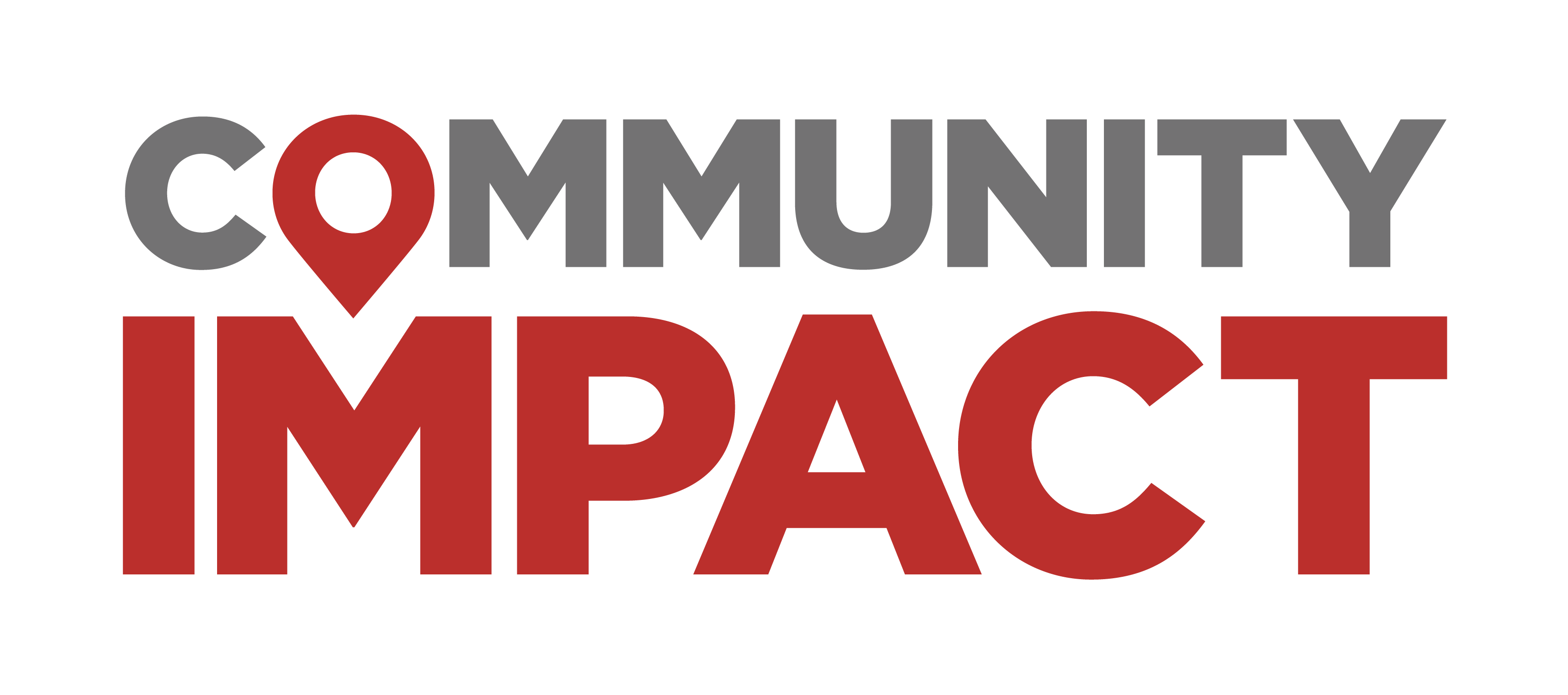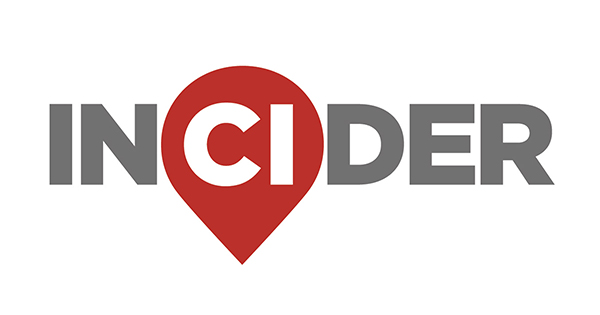UNT President Harrison Keller presented the university’s five-year strategic plan during the State of the University held Nov. 5. Keller explained the need for adaptability and innovation is strong as the digital revolution is pacing quickly, the economy is changing and public confidence in higher education institutions is in a crisis.
“Our vision for the future of UNT and the work we’ve already started will enable us to address these challenges and lead the way forward as a new kind of American public research university,” Keller said during the address.
The plan
The strategic plan, called Look North: UNT 2030, will be completed in three phases over the next five years as UNT leadership will guide university strategy and policy, coordinate strategic investments and monitor institutional progress, according to the plan provided by the university.
The strategy is built on the mission to create enduring value for the public good. This includes creating value for students through educational experiences and educating the workforce for a changing economy, Keller said.
“We’ll move faster across every discipline to enhance the value proposition of our UNT degree, so every graduate can be equipped with the knowledge, skills and transformative experiences that allow them to take to their talents as far as they can go,” Keller said.
Keller also announced the Better Look North initiative, which is a $100 million campaign set to accelerate the university’s vision of what student success looks like, he said. The campaign will allow the university to remove financial barriers to students' success with scholarships and targeted efforts to ensure students stay on track to graduation, he said.
Something to note
Accelerating the pace of innovation can be shown in the UNT at Frisco campus, Keller said. The university’s vision for UNT Frisco is driven by local demand in various industry sectors, including healthcare, financial services, entrepreneurship, technology, sports and hospitality, among others.
The Frisco programs are set to be flexible by adapting to workforce needs across the region, Keller said.
The future
As part of the plan, university officials set core metrics that can be used as benchmarks for the university’s success and performance.
The current baseline for first to second year student retention is 77%. The university’s goal is to increase this to 90% by 2030. By 2030, university officials want to bring the rate for four-year graduation up from 42% to 65%.
University officials also want to boost annual research and development expenditures by nearly $125 million in additional funds to reach $250 million by 2030.
Another goal is to increase the number of doctoral degrees yearly from 286 to 300 by 2030. The university has already made strides toward supporting doctoral students by providing health insurance for doctoral students on fellowship.
“This is where future takes shape, where we can transform inspiration into impact, where we guide grit to greatness,” Keller said. “We will set a new standard to create enduring value for our students, employers, our regional, our state [and] our nation to create enduring value for the public good. This is who we are and we’re just getting started. You better look north.”





